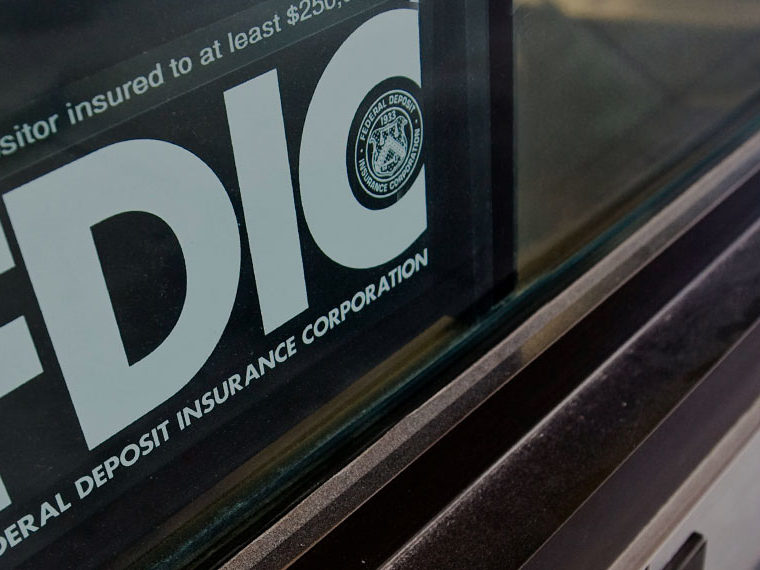A study finds unexpected impact when a disruptive player enters market
Rising competition in any industry typically results in lower prices for consumers. But in the U.S. home mortgage business, aggressive competition has led to higher — not lower — loan rates, a new study suggests.
The surprising interest rate finding and other data from the study may help investors, borrowers and regulators gain a better understanding of the mortgage business, which just a decade ago suffered an epic meltdown.
In a working paper, UCLA Anderson’s Mark J. Garmaise, Universidad de Piura’s (Peru) Gabriel Natividad and Darren J. Aiello, an Anderson Ph.D. student, studied 103 million U.S. home loan applications from 2003 through 2014, a period that includes the housing mania that peaked in 2006–2007 and the subsequent bust. The data came from 12,557 lenders, including banks, thrifts and credit unions.
Opt In to the Review Monthly Email Update.
In an interview, Garmaise said he and his co-authors “were interested in how banks compete. But it’s a hard question to answer because it’s hard to get clean measures of competition.” He said they specifically sought to study the lending market at the micro level — literally, by neighborhood tract — because they found that most research on bank competition took the opposite, big-picture approach. “We looked at very small neighborhoods as the locus of competition,” Garmaise said.
Three key findings from the paper:
- The single most active competitor in any local mortgage market has the biggest effect on other banks’ lending activities. In other words, banks’ lending is affected primarily by the local rival that has recently increased its lending the most, not by the overall competitive scene or by the historically largest lenders.”The quickest-growing competitor seizes a larger, and better, portion of the pool” of potential borrowers, Garmaise said. For other lenders, that typically translates into fewer future loan originations. And the competitive effect on other lenders is most pronounced at the neighborhood level, Garmaise said. Even in the Internet Age, “We find that competition between mortgage lenders is a highly localized phenomenon,” the paper says.
- Rather than surrender market share to the fastest-growing rival, banks should be meeting that competition head-on. It’s better for rivals to quickly step up lending than to wait, the study suggests. “During periods of active expansion by its most aggressive competitor, a bank can expect to lose future originations. But it is precisely during these periods that a bank benefits most from increasing its current originations,” the paper says. Why? “It appears that an increase in current lending helps inoculate a bank from the worst effects of increased competition,” the paper says.
- Intensified competition leads to higher, rather than lower, mortgage rates for borrowers. “Somewhat surprisingly, we find that banks increase the rates they charge in the face of greater competition,” the authors report. The increases were noted on top of whatever was happening with market interest rates in any given period.Though counterintuitive on its face, this finding jibes with the extremely relaxed lending standards at the height of the housing mania: It became much easier to get a loan, but many borrowers had to pay up for the money. “As the quickest-growing competitor increases its originations, other lenders receive fewer and lower-quality applications,” Garmaise said in an interview. “You are getting worse applicants in terms of quality, so you just naturally charge them higher rates.”
The authors say they hope their study leads to a clearer picture of how the mortgage market functions. “Together these findings have implications for banks striving for market share and for investors, regulators and depositors seeking to understand competitive dynamics in banking — and to assess which lenders are most vulnerable,” the paper says.
Featured Faculty
-
Mark J. Garmaise
Professor of Finance
About the Research
Garmaise, M.J., Natividad, D., & Aiello, D.J. (2017). Competing for deal flow in mortgage markets.




